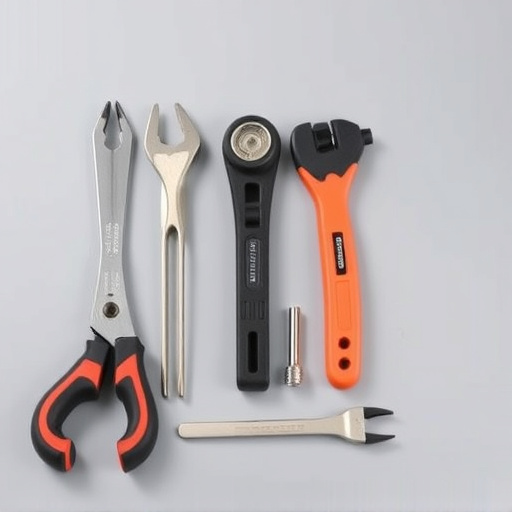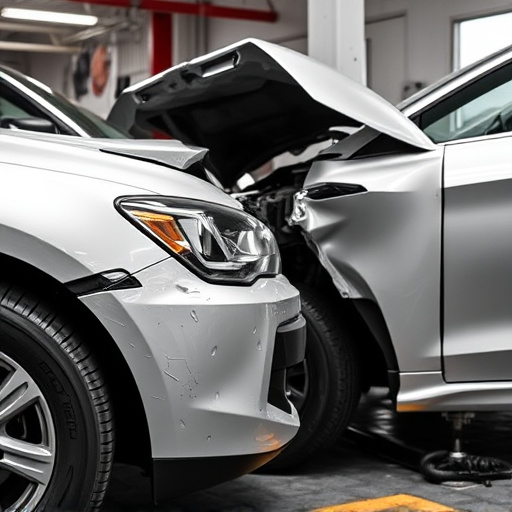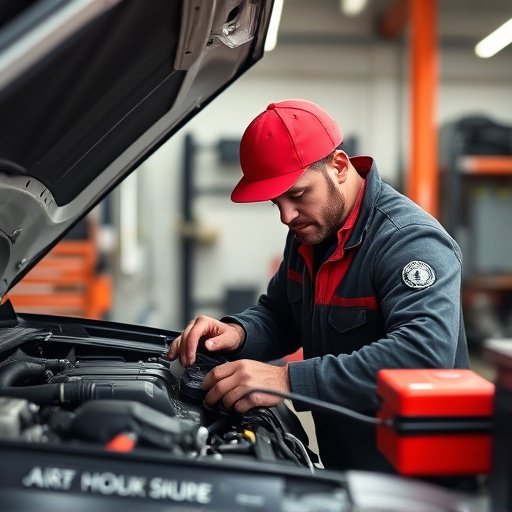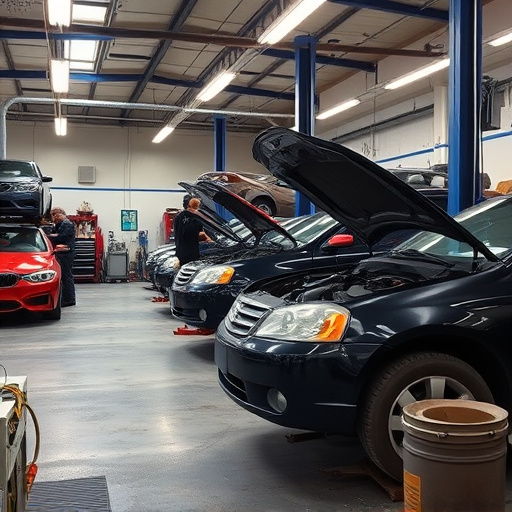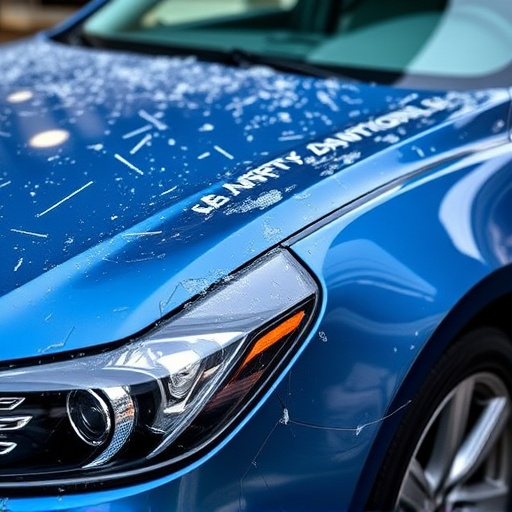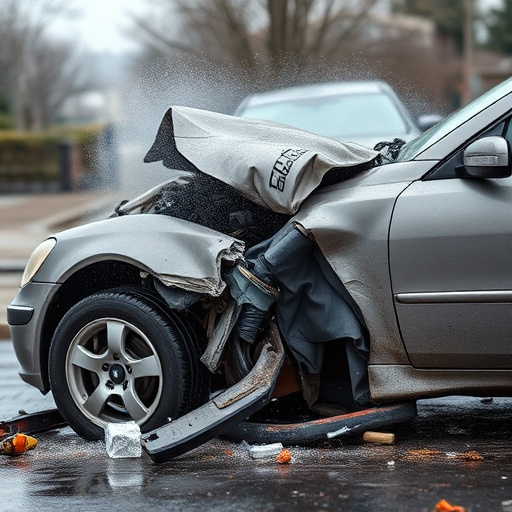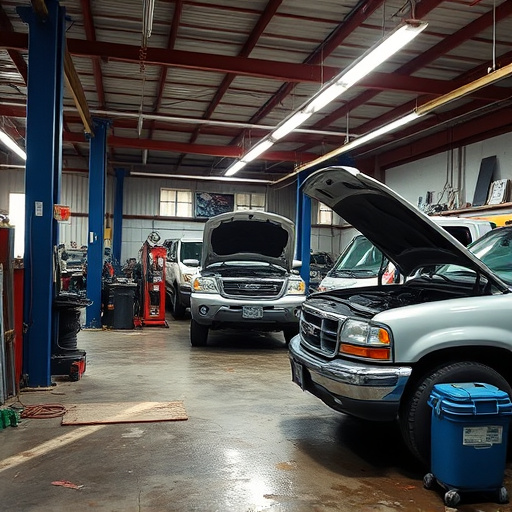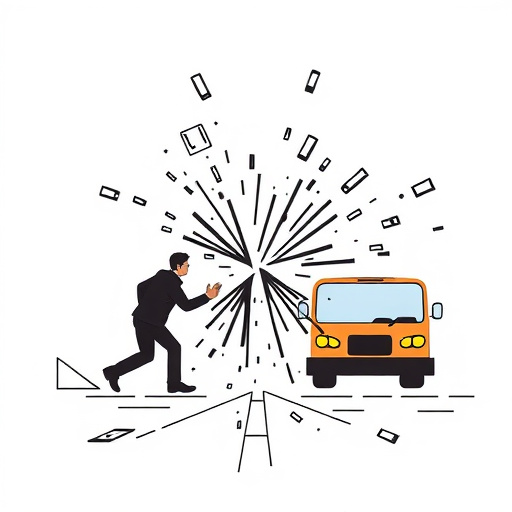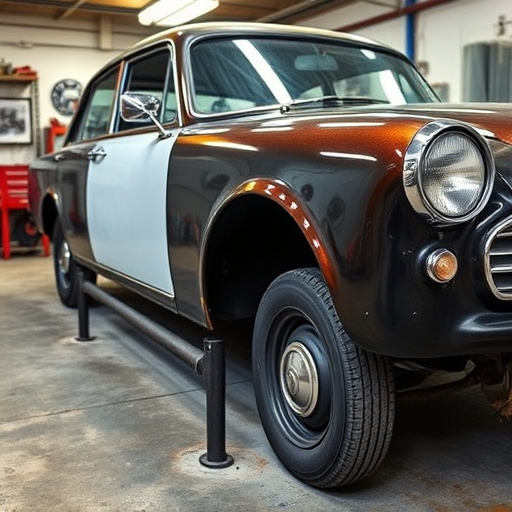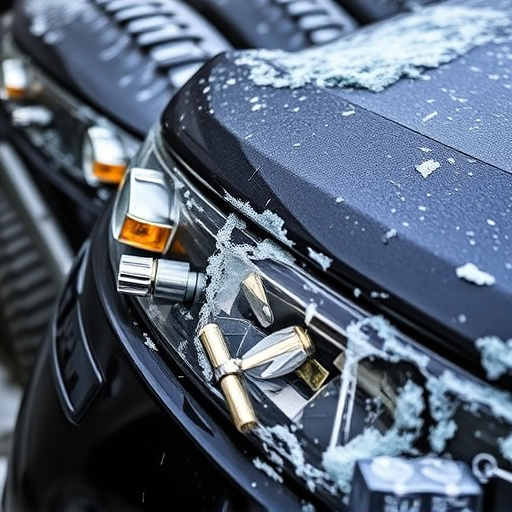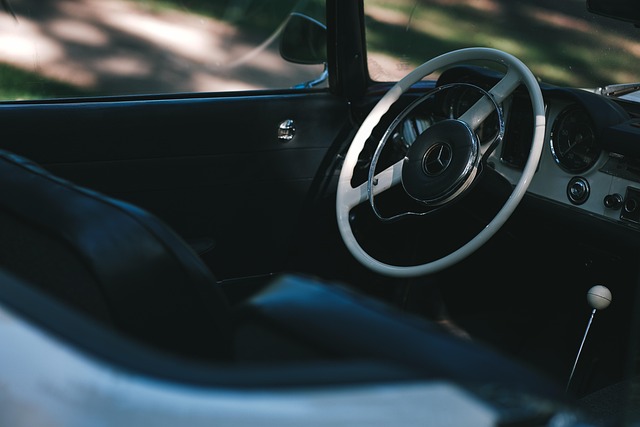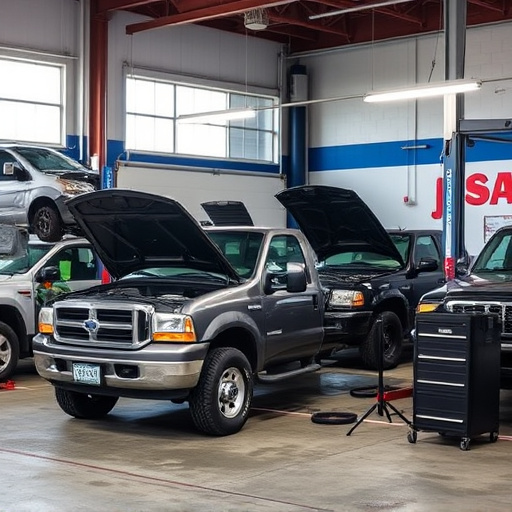Flood damaged vehicle repair requires stringent safety protocols, starting with a thorough inspection for water intrusion and structural damage. Advanced water extraction techniques using modern technology ensure efficient moisture removal to prevent rust and long-term harm. Comprehensive restoration includes interior cleaning, deodorization, mechanical repairs, and aesthetic enhancements, aiming to restore vehicles to pre-flood condition with focus on safety and performance.
In the aftermath of floods, vehicles often sustain significant damage, necessitating specialized repair techniques. This article explores the modern tools and strategies employed in flood damaged vehicle repair, focusing on assessment and safety protocols, advanced water extraction methods, and interior and mechanical restoration. Discover how professionals navigate this challenging process, ensuring vehicles are safe to drive again while minimizing environmental impact. Key topics include efficient water removal, meticulous interior cleanup, and state-of-the-art diagnostic tools for complex mechanical repairs.
- Assessment and Safety Protocols for Flood Damage
- Advanced Water Extraction Techniques Today
- Restoring Interior and Mechanical Systems
Assessment and Safety Protocols for Flood Damage

When dealing with flood-damaged vehicles, assessment and safety protocols are paramount to ensure effective flood damaged vehicle repair and the well-being of technicians. The initial step involves a thorough inspection to identify water intrusion points, structural damage, and potential hazards such as mold or contaminated fluids. All personnel must be equipped with appropriate personal protective equipment (PPE), including waterproof gear, respirators, and gloves to mitigate health risks associated with floodwater.
Safety protocols extend to the preparation of the repair area, which should be well-ventilated and, if necessary, decontaminated. Special attention is required for vehicles with compromised electrical systems to prevent short circuits or shocks. With safety as a top priority, automotive restoration experts can then proceed with car paint services and other automotive repair techniques tailored to the specific flood damage encountered.
Advanced Water Extraction Techniques Today

In today’s world, advanced water extraction techniques play a pivotal role in flood damaged vehicle repair. Traditional methods are no longer sufficient to handle the intricate challenges posed by flooded cars. Modern technology offers highly efficient systems that swiftly and meticulously remove moisture from vehicles, preventing long-term damage. These cutting-edge processes ensure that every nook and cranny of the car is dried, including hard-to-reach areas like floorpans and door frames, which are particularly susceptible to rust and structural weakening after a flood.
Automotive restoration professionals employ a range of tools, from industrial strength vacuums to specialized drying agents, to revive flood-damaged vehicles. Car dent repair and car dent removal techniques have also evolved, with precision tools enabling technicians to fix or remove dents caused by standing water or mud. This holistic approach not only restores the external aesthetics but also ensures that the vehicle’s internal components are in optimal condition, making it safer and more reliable on the road.
Restoring Interior and Mechanical Systems
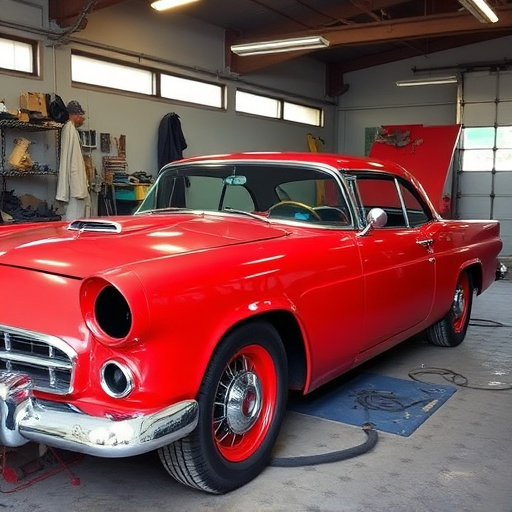
After a flood, vehicles often suffer extensive damage, impacting both their interior and mechanical systems. The restoration process for flood-damaged cars involves meticulous techniques to ensure they’re safe and roadworthy once again. For the interior, technicians use specialized equipment to dry out and deodorize the cabin, addressing water stains and mold growth. This step is crucial in preventing health risks associated with flooded vehicles, ensuring the comfort and safety of future occupants.
Mechanical systems also require careful attention. Services like bumper repair and tire replacement are common necessities. In some cases, luxury vehicle repairs might be required to restore the car’s pre-flood condition. Advanced tools and techniques, including computer-aided diagnostics, help mechanics assess and fix electrical issues, engine problems, and other complex components. This comprehensive approach guarantees that vehicles not only look like new but also function flawlessly after flood damage.
In the realm of flood damaged vehicle repair, modern tools and techniques have revolutionized restoration processes. From initial assessment and safety protocols to advanced water extraction methods and meticulous interior/mechanical restoration, today’s industry standards ensure vehicles return to their pre-flood condition. By employing these innovative practices, professionals adeptly navigate the challenges posed by flood damage, offering a fresh start for owners facing such setbacks.
